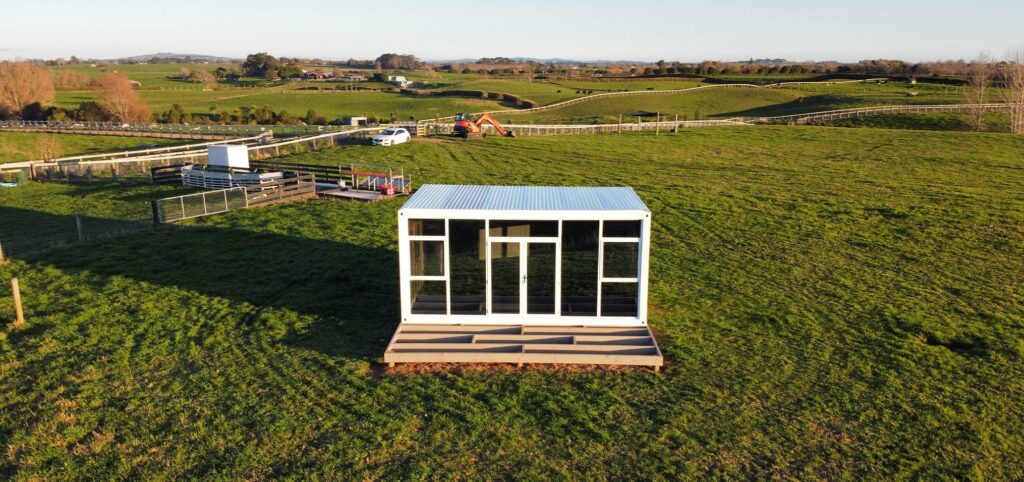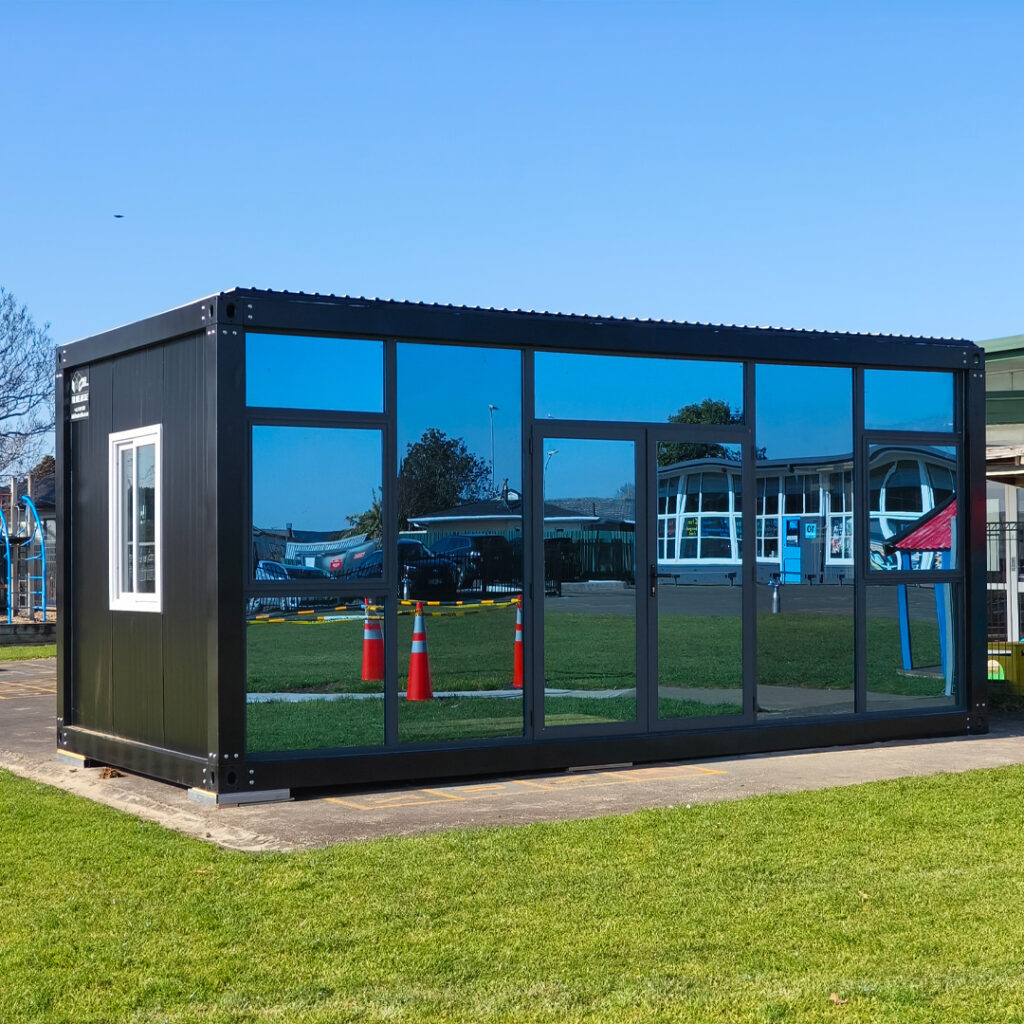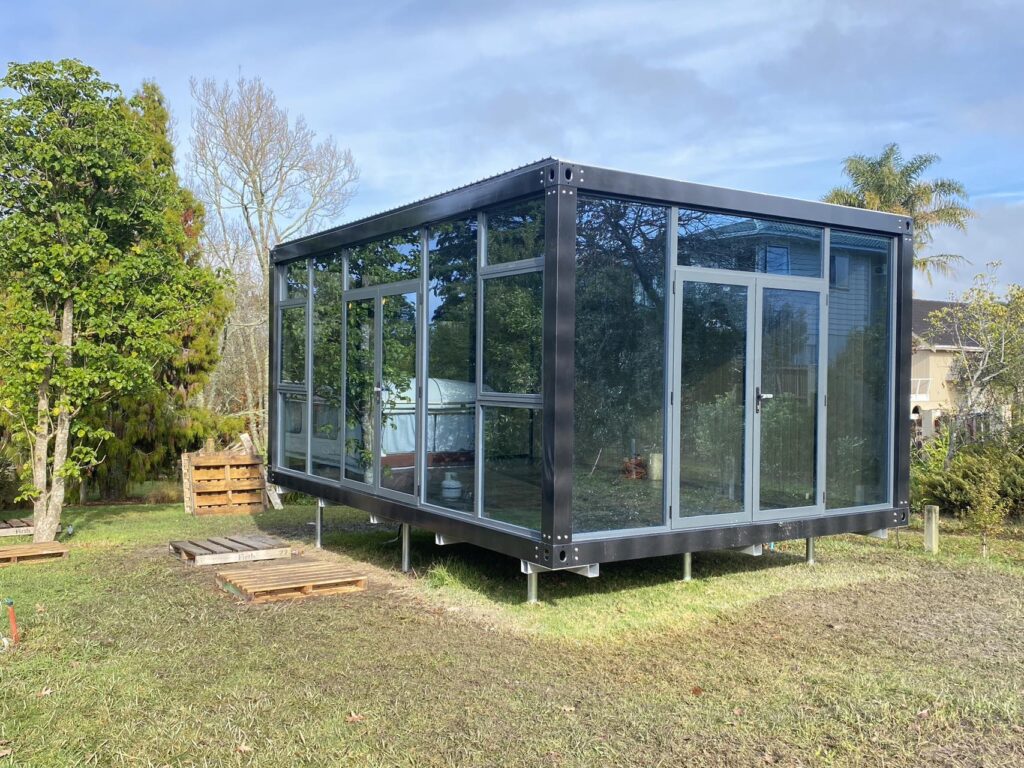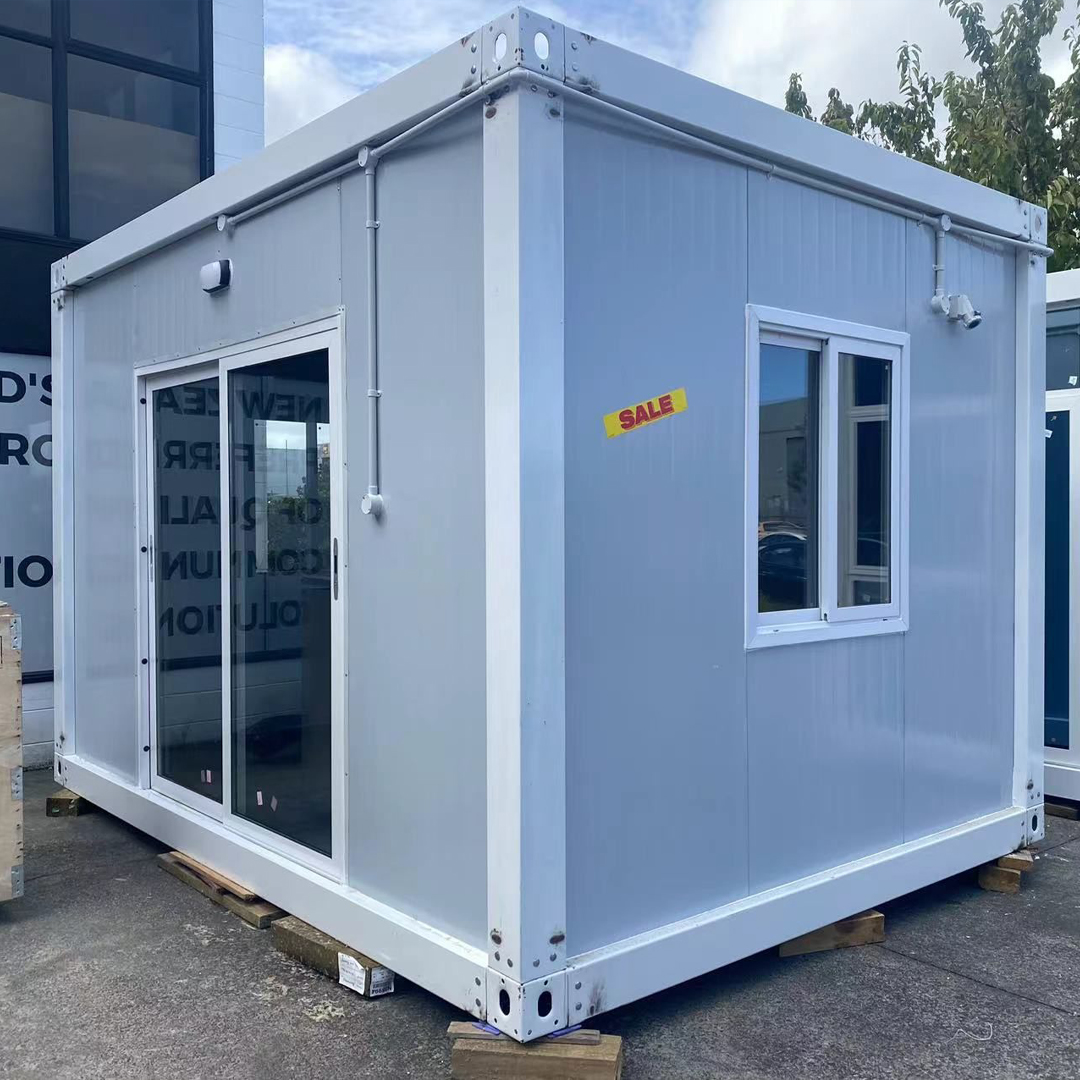New Zealand’s largest city is experiencing a quiet design revolution. Drive through the outer suburbs or even many inner neighbourhoods, and cabins have become a familiar sight. Tucked into backyards, set beside a main house, or standing on rural fringes, these insulated compact structures are transforming how Aucklanders live, work, play, and even rent, all while maintaining a connection with nature.
People have long been drawn to cabins for their versatility, charm, and comfortable living. Auckland’s unique pressures – from sky-high property prices to multi-generational living – mean these compact spaces now offer fresh answers to modern challenges, including innovative rent pricing solutions.
The Housing Puzzle
Auckland is no stranger to housing debates, especially concerning rent and affordability. Residents watch average house prices with a mixture of awe and nervousness, especially as families expand or circumstances change. Many have responded by thinking creatively about available space – and that’s where cabins step in.
They deliver a real, affordable solution for those after extra living areas or seeking an escape from daily routines without the massive outlay of buying or renovating a traditional home. Whether it’s a teenager needing some independence, or parents requiring their own retreat, cabins make it possible to adapt without dramatic changes to an existing property.
There’s also a trend toward tiny homes, with people prioritising flexibility, efficiency, and a sense of autonomy. Cabins fit this ethos perfectly, gaining popularity as they typically come without the hassle associated with permanent construction or major planning permissions.
Why Are Cabins so Versatile?
It’s remarkable how varied cabin uses have become across Auckland. Here’s a closer look:
- Home Offices: With remote work now a fixture, the need for private, quiet workspaces has skyrocketed. Cabins let people separate work from home without long commutes.
- Granny Flats: Multi-generational households are growing, and cabins provide a dignified, private space for elderly relatives, sometimes avoiding the high costs of retirement living.
- Rental Income: A neatly set-up cabin can offer significant cabin rentals opportunities, making them attractive for those wanting to rent out space to ease mortgage pressure or boost household income.
- Teen Retreats: As kids head into their teen years, families relish a place where independence and privacy don’t come at the cost of family connection.
- Creative Studios: Artists, writers, and musicians use cabins to pursue their crafts, creating dedicated space that wouldn’t otherwise be feasible.
- Guest Accommodation: Rather than upending the lounge for visitors, a cabin on the property lets hosts offer true hospitality, making it an ideal vacation retreat for guests and a perfect option for weekend getaways.
These examples underline how cabins not only extend physical space but elevate quality of life for their owners.
Comparing the Options
Let’s break down a few numbers and considerations Aucklanders often weigh up:
| Aspect | Buying a Cabin | Traditional Extension | Renting Extra Room |
| Upfront Cost | Moderate | High | Low |
| Time to Complete | Weeks | Months | None |
| Ongoing Flexibility | High | Moderate | Low |
| Impact to Property | Minimal | Major | None |
| Planning Requirements | Low/Moderate | High | None |
There’s a growing sense that cabins deliver the simplest path to more space. They sidestep much of the red tape and cost associated with extensions, while providing something far more desirable and increasing in popularity compared to simply renting extra rooms in a crowded house.
Affordability Meets Quality
One hesitation many people have is quality: will a cabin feel like a real home or office, or just a glorified shed?
The market’s growth has led to significant advances in construction quality and options. Suppliers keep a strong focus on durable materials, insulation, and weather-tight design. At Master Cabins, for instance, production and assembly methods ensure that a cabin isn’t simply temporary accommodation, but a warm, solid structure ready for all seasons.
By holding stock in New Zealand and supervising overseas manufacturing, they strike a balance between affordability and a premium finish. Prefabrication means many headaches around construction are avoided. There’s minimal waiting, predictable delivery, and expert assembly can take just days.
Those looking for finance aren’t left out, either. Accessible payment plans mean more Aucklanders can bring their vision to life without large upfront outlays, as pricing becomes a key factor in making these dreams attainable. This approach reflects a shift in how people view their living environment: adaptable, functional, and within reach.
Designed for the Kiwi Lifestyle
Lifestyle has always been core to Auckland’s appeal. Here, boats are moored in driveways, gardens are cherished, and barbecues are a summer ritual. Cabins align perfectly with this local character and the convenience of cabin rentals.
Their modest size means less visual impact and more flexibility, making them perfect for weekend getaways. You could fit one into a typical suburban backyard and still enjoy lawns or shrubbery for gardening, providing an ideal escape to nature within your living space and making it an ideal retreat for a vacation at home. They can be tailored to specific uses, from open-plan writing huts to guest suites with bathrooms, whatever suits the owner’s imagination.
Builders also understand what the local climate throws at a structure, ensuring it is well insulated for comfort. Good design includes thermal insulation, double glazing, durable joinery and durable cladding. These elements are vital for ensuring a comfortable year-round experience in Auckland’s sometimes brisk winters and humid summers.
Personal Touches
Aucklanders love to stamp their personal style on their homes. Modern cabins can be customised in terms of layout, colour, and finishes. Options for decks, verandas, and even built-in storage mean every cabin can look distinct. This potential for personalisation takes cabins from being a “quick fix” to a space people genuinely cherish.
Environmental Concerns
Compact living has an environmental upside as well. Smaller footprints mean less energy required for heating and cooling. Sustainable and insulated materials and techniques can be prioritised, especially as awareness around eco-friendly living deepens in New Zealand.
Transportable cabins also align with the growing desire to avoid over-building, offering an affordable rent option for those needing temporary or additional space. Instead of knocking down and rebuilding large homes, it’s possible to add what’s needed and no more, minimising waste and disruption.
Many cabin suppliers invest in ongoing research to ensure materials and manufacturing processes keep pace with changing sustainability standards. For environmentally-minded buyers, this connection to nature can make all the difference when comparing options.
Regulations and Practicalities
Obviously, not every section in Auckland allows for a cabin, and rules must be complied with to avoid future issues.
Often, a small cabin under a certain size can bypass full council consent, as long as it’s used in particular ways and meets key criteria for safety and set-back. This relative simplicity is a key reason cabins have proliferated so quickly, as they let people add living or working space without a mountain of paperwork.
Of course, the landscape isn’t lawless: reputable cabin suppliers assist clients by explaining requirements and handling the nitty-gritty around delivery, installation, and site preparation. This leaves homeowners free to focus on their vision rather than wrangling bureaucracy.
Flexible Solutions for a Changing City
Auckland is fundamentally a city in motion. As families change, work practices shift, and people reassess what “home” really means, cabins provide a unique answer.
Where once an extra bedroom meant a costly renovation or a risky leap into the property market, or even the expense of rent, now it might simply mean arranging site access and picking finishes. They adjust to circumstances—temporary or permanent, for whānau or cashflow.
This flexibility, including the option to rent, can have a remarkable impact on wellbeing. For young families, extra space to spread out makes the juggling act more comfortable and easier. For workers, setting professional boundaries is suddenly much more manageable. Elderly relatives can stay close to their loved ones while keeping independence.
And the community benefits as well. Adding to the city’s capacity without large-scale new builds eases infrastructure strain and breeds resilience.
Looking Ahead
Interest in cabins shows no sign of fading as their popularity grows; more Aucklanders realise the power of mastering their space, finding an ideal escape, even using them for weekend getaways or vacation retreats. Whether the need is practical, financial, rent-oriented, creative or personal, cabins and cabin rentals offer an affordable, fresh, flexible approach that’s difficult to match.
From second-income streams to lifestyle enhancements, their appeal speaks to the character and aspirations of Auckland itself: forward-thinking, adaptable, and resourceful.
No elaborate drawings or timelines, just a quality structure, expert assembly, and a whole new way to use your land. It’s no wonder cabins have become emblematic of Kiwi ingenuity and Auckland’s evolving way of life.







